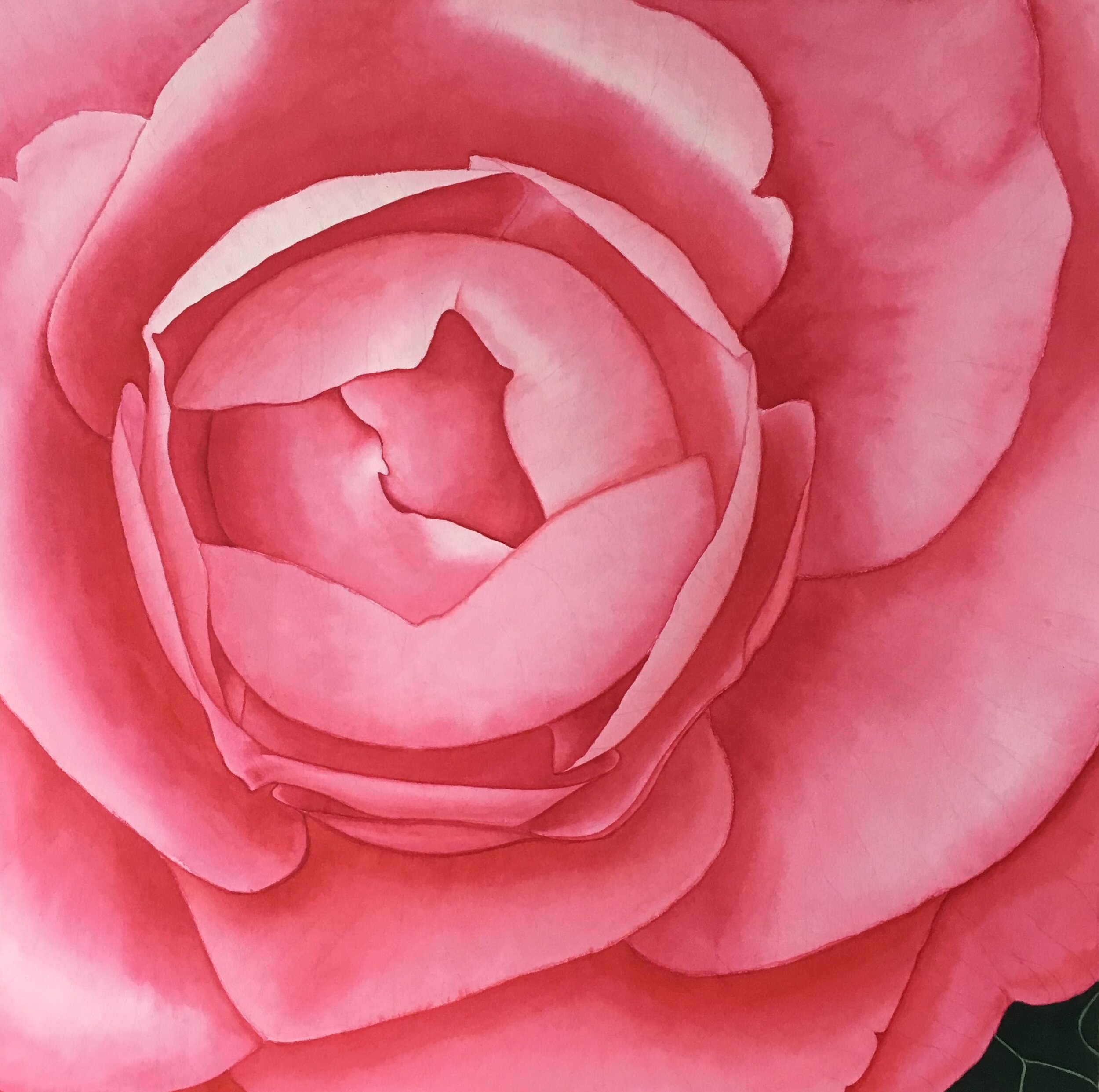A wander through the meanings associated with the camellia flower in different cultures across the world.
Flowers have had meaning for humans across the globe since the dawn of time, with each culture assigning different meanings to each type of bloom. Much of the literature about the meanings associated with flowers has been written from a European perspective, beginning in 19th century France and England. However, often the blooms cited were native to eastern cultures, like the camellia, and had only been introduced into Europe in the 18th century, yet the meanings assigned to them rarely considered their cultural significance in the countries where they had grown wild or been cultivated for thousands of years.
The camellia is a very old flower native to China, Japan, Korea and other east Asian countries, and has different meanings in each of these cultures. It is known to the Chinese as Cha’hua or ‘tea flower’, referring to the delicate white blooms of Camellia sinensis they cultivated for thousands of years to make tea from the fermented and dried young leaves. Camellia’s first appeared in Chinese art around the end of the first millennium CE, both in paintings and on their delicate porcelain. The blooms depicted were mostly the single red flowers of the wild camellia, forebear of the modern Camellia japonica. Red is believed to be an auspicious colour as it is associated with blood and therefore life. Hence, this flower was said to be a symbol of good luck and given to the gods as an offering during Chinese New Year.
The Japanese called the camellia ‘tsubaki’, meaning ‘tree with shining leaves’. The genus we now know as Camellia japonica was of great spiritual significance and often found in temple gardens and around shrines. This was because the leaves reminded them of the ‘bronze mirror’, a symbol of power and a sacred symbol of the gods. One side of the mirror was highly polished and the other decorated with birds, flowers and butterflies, creating an intricate artwork in itself. The Samurai considered the camellia flower to represent death and transience as the sudden falling of the whole flower head that occurs as the bloom passes it prime symbolized beheading.
The Koreans know the camellia as ‘dongbaek-kkot’. It is revered as a symbol of faithfulness and longevity, and traditionally used in wedding ceremonies.
The camellia plant was introduced into England from China around 1740, and was included in many of the French and English volumes about the ‘language of flowers’ published in the 19th century. However, there is much conflicting information in these books about the meanings associated with the camellia because they were written by different authors, each with their own interpretation that most likely mirrored what they had read about the bloom and the feelings it evoked for them.
Romantic sentiment was the hallmark of this era and underpins most of the emotions assigned to the camellia. The popularity of the camellia at that time was said to have been triggered by the courtesan Marguerite, heroine of Alexandre Dumas’ novel, La Dame aux camelias, who loved camellia’s. It was suggested that Dumas chose white camellia’s because they signified the ‘cool detachment’ necessary for one in her trade. The lack of fragrance in this bloom is said to account for the meaning ‘Beauty is your only attraction’. ‘Fragility and loveliness’ and ‘Excellence and perfection’ are sentiments that seem to describe this beautiful flower, whilst ‘Purity’ for the white camellia, and ‘You are the flame in my heart’ for the red camellia could apply to any bloom of these colours. ‘Good luck’ may be derived from the influence of the Chinese, and the flowers do give a sense of ‘peace’ and ‘calm’.
It seems that the meanings associated with the camellia vary across cultures as well as between individuals within a culture, and that each is equally valid and deserves respect. It means that in the 21st century, we can feel comfortable that flowers evoke different responses from different people the world over as these are influenced by socio-cultural beliefs and practices, personal experiences, individual likes and dislikes, and how we feel at the time we have picked, painted, photographed or purchased the blooms.
For me, the camellia I painted signifies the beauty and perfection of nature, and the unfolding of a tender heart. I wonder what it means to you?

